
Public Health IPM Expert: Dawn H. Gouge
Rabies is a preventable viral disease most often transmitted through the bite of a rabid animal. The rabies virus attacks the central nervous system, causing encephalitis. It is always fatal once symptoms appear. Rabies can be prevented in persons who have come into contact or have been bitten by animals through prompt administration of anti-rabies vaccine and rabies immune globulin. Hundreds of rabies prophylactic treatments are initiated annually in Arizona to prevent rabies from developing after a possible exposure. Every year, approximately 30 people are actually exposed to rabid animals in Arizona. People who are exposed must receive the vaccine and anti-rabies serum treatment to prevent infection.
In Arizona, the principal rabies hosts are bats, skunks, and foxes. These animals carry their own distinct rabies virus variants or "strains". Rabies can "spillover" into other mammal species, such as bobcats, coyotes, javelina, cats, dogs, horses, cows, etc.
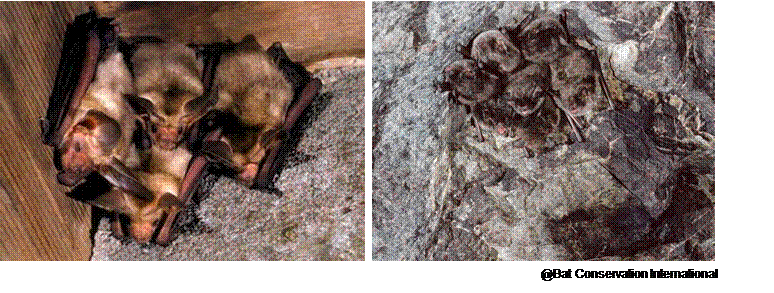
Important Steps to Protect your Pets and Family:
In Arizona, bats present the most common source of rabies exposures to humans because rabid bats often fall to the ground where they are easily accessible to people and pets. Bats are generally not aggressive. Exposure to rabid bats usually occurs when people pick up or handle a sick or dead bat. Other rabies exposures occur when people try to approach or feed wild animals, or in some cases, are attacked by rabid animals such as foxes, bobcats, and skunks. Most rabies exposures can be avoided by simply leaving bats and other wild animals alone. The last documented human rabies death in Arizona was in 1981.
All bite, scratch or contact exposures should be reported immediately to local animal control and health officials.
Reports of suspected rabies infection in livestock and the quarantine of livestock that bite humans should be handled by the Arizona State Veterinarian's office in Phoenix: (602) 5424293.
Human Transmission People can get rabies from animal bites or from infected saliva getting into their eyes, nose, mouth or an open wound. Brain tissue can also be infectious and should not be handled e.g. when skinning an animal. Sometimes, rabid animals do not show any signs of illness before death from rabies. Thus, contact with wild animals should always be avoided. If a wild animal does not run away when you approach it, it may be sick or injured. Do not try to help it. If an animal is acting strangely, stay away from the animal and call your local rabies animal control office.
Human Symptoms The rabies virus infects the central nervous system, ultimately causing disease in the brain and death. The early symptoms of rabies in people are similar to that of many other illnesses, including fever, headache, and general weakness or discomfort. As the disease progresses, more specific symptoms appear and may include insomnia, anxiety, confusion, slight or partial paralysis, excitation, hallucinations, agitation, hypersalivation (increase in saliva), difficulty swallowing, and hydrophobia (fear of water). Death usually occurs within days of the onset of these symptoms.
Animal Symptoms The first sign of rabies is usually a change in the animal's behavior. Animals may act more aggressive or more tame than usual. Nocturnal animals like skunks, foxes and bats may be out during the day. Rabid animals may stagger, tremble, or seem weak. Bats may be found on the ground, unable to fly. Rabid animals may appear agitated and excited or paralyzed and frightened.
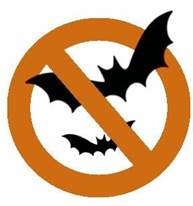
All too regularly child exposures occur due to a person collecting a grounded bat (or other wild animal) and passing it around as a curiosity. Please let your students and children know to NEVER EVER touch a bat.
Arizona Rabies Control & Bite Management Manual
http://www.azdhs.gov/phs/oids/vector/rabies/pdf/AZRabiesManual.pdf
2014 Rabies Data and Maps in Arizona 1/1/14 thru 6/26/14 http://www.azdhs.gov/phs/oids/vector/rabies/pdf/rabies-2014.pdf
Bats are amazing creatures; Arizona is home to more than 28 species of bats, which is more than most states. Bats are true flying mammals and use echolocation to locate solid objects. Worldwide, they are primary predators of vast numbers of insect pests, saving farmers and foresters billions of dollars annually and helping to control insect-spread human diseases. Many eat insects in flight and can eat more than 1,000 insects in an hour, including pesky mosquitoes.
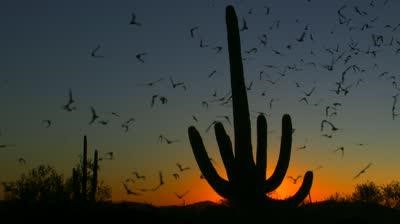
The Arizona Department of Health Services recommends the following precautions to avoid exposure to rabies:
What should I do if an animal bites me?
Do not wait to seek medical help. If your family doctor cannot see you immediately, go to Urgent Care or Hospital facility.
Human Rabies Prevention – United States, 2008 http://www.azdhs.gov/phs/oids/vector/rabies/pdf/HumanRabiesPrevention2008.pdf
Information for School Administrators
Every year in Arizona, children find rabid bats on schools grounds and bring rabid bats to school for show-and-tell. Several of these incidents result in children having to be vaccinated for rabies each year, which entails a month-long series of vaccinations. Since rabies is fatal, such an exposure that goes unreported to adults could lead to the tragic loss of a child’s life.
The Arizona Department of Health Services (ADHS) believes that prevention of contact between bats and children is extremely important and includes three key components:
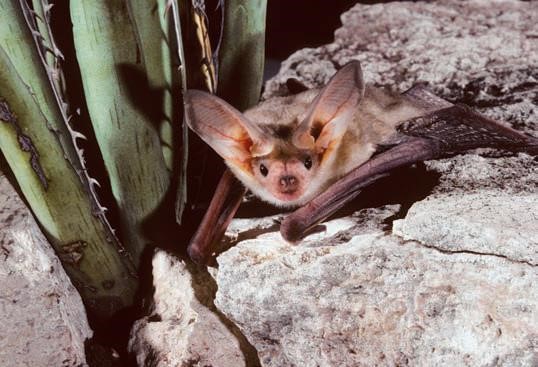
Teaching Children about Bats
Children need to be shown what a real bat looks like, since most people have only seen bats either in cartoons or flying in the air from a distance at dusk. When a bat is on the ground, it is difficult for both children and adults to recognize it as a bat, because the wings may be folded inward. Children should be taught to not touch a bat and to immediately tell an adult. Adults must learn the safe way of capturing a bat.
Please consider showing your children the ADHS videos:
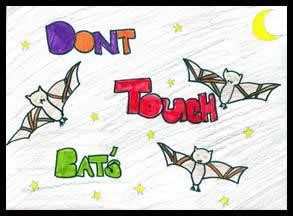
Please also consider posting the ADHS children’s educational poster on rabies in your local school
Bat on the Ground: Now what?
 If a bat is found on the ground, cover it with a small box or other solid container. Gently slip a piece of cardboard between the ground and box and slide the bat into the box. Use leather gloves to prevent accidental contact between hands and the bat. Make sure that all seams are tightly sealed, because bats can fit through small crevices. Call your local animal control agency. Ensure that the bat is not within a child’s or pet’s reach.
If a bat is found on the ground, cover it with a small box or other solid container. Gently slip a piece of cardboard between the ground and box and slide the bat into the box. Use leather gloves to prevent accidental contact between hands and the bat. Make sure that all seams are tightly sealed, because bats can fit through small crevices. Call your local animal control agency. Ensure that the bat is not within a child’s or pet’s reach.
Schools with Bat Colonies
If your school has a colony of bats roosting on school grounds, ADHS recommends calling the regional Arizona Game & Fish Department (AGFD) office to find a local AGFD Wildlife Service Licensee with expertise in bat exclusion. Bats around school grounds is a wonderful thing to see, but the buildings should be well sealed so that bats don’t inadvertently end up in classrooms or hallways.
Every student on campus should know what to do if a grounded bat is found.
The University of Arizona Cooperative Extension Office has created “Batty about Bats,” an educational document on the biology of bats, integrated pest management (IPM) for bats, and rabies prevention. The IPM portion of this document includes steps that schools can implement to discourage bats from roosting on the outside of buildings. However, removal and/or exclusion of bats from the interior of a building or structure should be conducted by an AGFD Wildlife Service Licensee.
For more information about IPM related to bats, please view "Batty about Bats" http://extension.arizona.edu/sites/extension.arizona.edu/files/pubs/az1456.pdf
For more information on rabies, please view Arizona Department of Health Services:
http://www.azdhs.gov/phs/oids/vector/rabies/index.htm
Bat photos courtesy DesertUSA.Com.